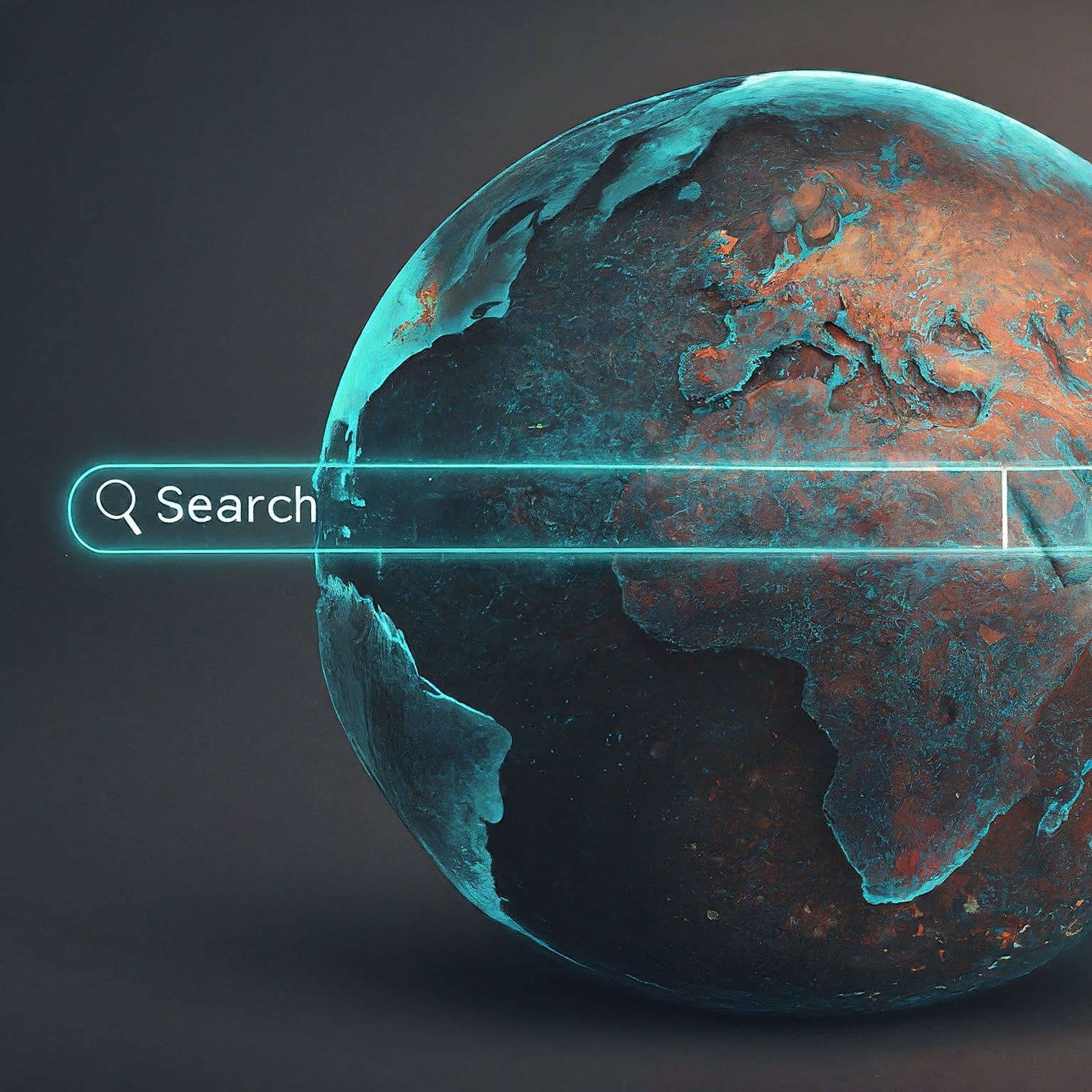In our interconnected world, accurately identifying countries is crucial for everything from international trade to global travel. This is where country codes and names come into play. These standardized identifiers act as a universal language, ensuring clear communication across borders.

There are two main types of country codes and names:
-
ISO codes
- Developed by the International Organization for Standardization (ISO), ISO codes offer a concise way to represent countries. These come in two formats:
-
ISO 3166-1 alpha-2
- Two-letter codes like US for the United States, FR for France, and JP for Japan. These are commonly used for country suffixes in top-level domains (like .com or .uk).
-
ISO 3166-1 alpha-3
- Three-letter codes like USA for the United States, FRA for France, and JPN for Japan. These can be more descriptive than the two-letter codes.
-
-
Country Names
- The full name of the country, as recognized by the international community. For instance, the United Kingdom of Great Britain and Northern Ireland or the Federal Republic of Germany.
Understanding the Use of Country Codes and Names
Country codes and names have a wide range of applications:
-
International Trade
- Customs documents, invoices, and shipping labels rely on country codes to ensure proper clearance and delivery.
-
Travel and Tourism
- Passports, visas, and airline bookings utilize country codes and names for identification purposes.
-
Telecommunication
- Country codes are essential for international dialing, allowing users to connect with people across borders.
-
Data Analysis
- Statistics and research often involve data categorized by country. Consistent country codes and names ensure accurate analysis and comparisons.
Beyond these, country codes and names play a vital role in various online activities, from e-commerce platforms to social media profiles.
Importance of Accuracy
Using the correct country codes and names is essential for smooth international transactions and communication. Errors can lead to delays, misunderstandings, and even additional costs.
For instance, an incorrect country code on a shipment could result in customs issues and delivery delays. Similarly, using an outdated country name on a business document might cause confusion and hinder communication.
Staying Updated
The world is constantly evolving, and so are country names. The ISO maintains a regularly updated registry of country codes and names to reflect these changes. It’s important to rely on trusted sources like the ISO website or official government resources to ensure you’re using the most recent and accurate information.
In conclusion, country codes and names are fundamental tools for navigating our globalized world. Understanding their purpose and proper use is essential for effective communication and seamless international interactions. So, the next time you come across a country code, remember the vital role it plays in connecting us all.
لا تعليق